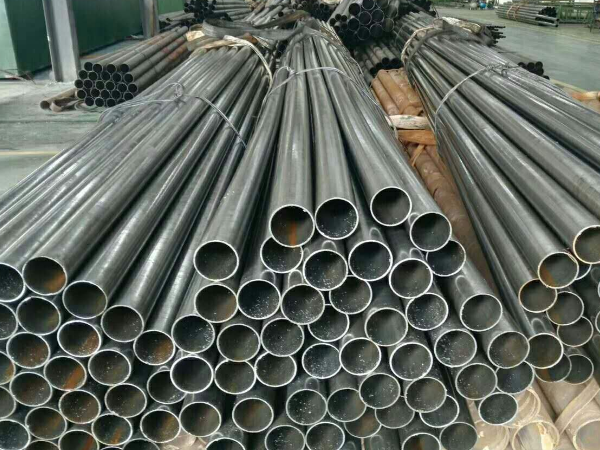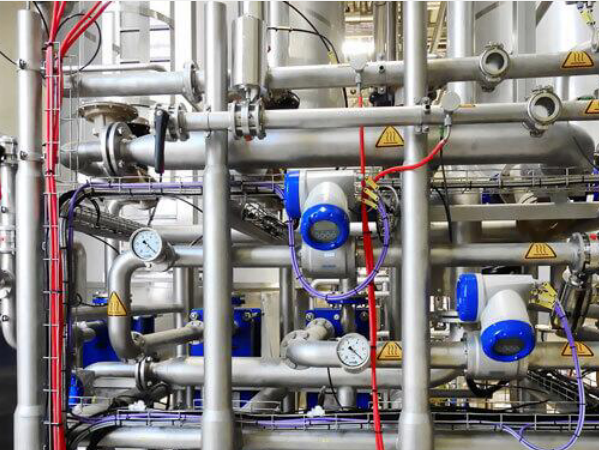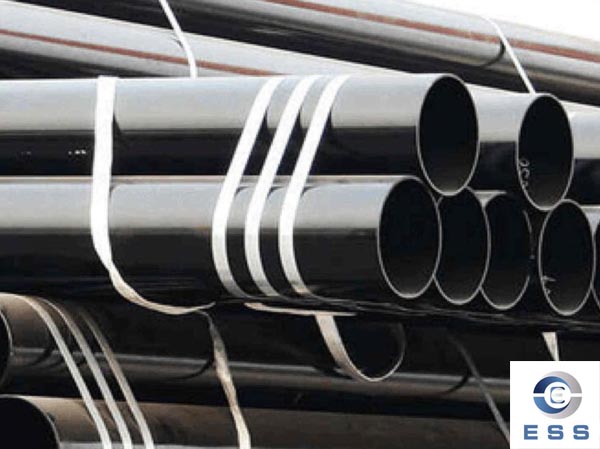large diameter steel pipe refers to a large-diameter seamless steel pipe with an outer diameter greater than 100MM and a wall thickness greater than 0.2 of the outer diameter of the pipe.
People with an outer diameter between (89mm-1200mm) are used to calling it a large-diameter seamless pipe because its diameter is relatively large.
According to the wall thickness (5mm-200mm), it can be divided into: large diameter thick wall seamless pipe, large diameter thin wall seamless pipe.
The production process of large-diameter steel pipes generally goes through these processes:
Heating, perforation, bending, sewing, internal and external welding, straightening, flat top and multiple processes meet the standards of the American Petroleum Institute. Large-diameter steel pipes are mostly used as the main supporting part between large buildings, such as bridge piling, underwater piling, high-rise building piling, etc.
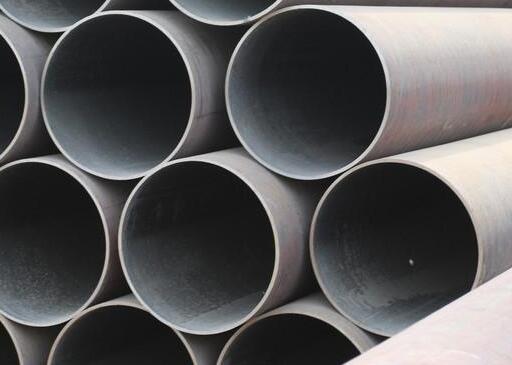
At present, the main production process of large-diameter seamless steel pipes in my country is hot rolling and thermal expansion of caliber seamless steel pipes. The seamless pipe is what we often say that the thermal expansion, the density is relatively low but the steel with strong shrinkage is used to expand the diameter of the pipe by the oblique method or the drawing method. It is the development trend of the international rolling field to produce non-standard and special type seamless pipes for steel thickening in a short period of time, with low cost and high production efficiency.
Large-diameter seamless steel pipes are cold-formed, cold-rolled, and heat-treated without any direct delivery status called cold-drawn or cold-rolled steel. Compared with the hot-rolled (forged) state, the cold-drawn (rolled) state steel has high dimensional accuracy, good surface quality, low surface roughness, and high mechanical properties. Due to the oxidation surface of the cold-drawn (rolled) steel delivery state It is not covered, has great stress, and is easy to corrode or rust. Therefore, steel in cold drawn (rolled) state has strict packaging and storage requirements, and generally needs to be put into storage, and attention should be paid to temperature and humidity control warehouses.
The state of large-diameter seamless steel after hot rolling or forging, which has undergone special heat treatment and is no longer directly delivered after cooling is called hot rolling or forging. The termination temperature of hot rolling (forging) is generally 800-900 °C, and it is usually air-cooled after natural cooling. , so the hot rolling (forging) state is equivalent to normalizing. The difference is that because the hot rolling (forging) end temperature is high and the low temperature is different, the heating temperature is not strictly controlled like normalizing, so it does a good job in the structural fluctuation and mechanical properties of the steel. At present, many steel mills control rolling, because the final rolling temperature control is very strict, and forced cooling measures are taken after final rolling, so that the steel grains are refined, and the delivered steel has high mechanical properties. This is the reason why the hot-rolled wire rod with untwisted controlled cooling is better than the ordinary hot-rolled wire rod.
The steel delivered in the hot-rolled (forging) state is covered with a layer of iron oxide on the surface, which has a certain degree of corrosion resistance, storage and storage. The strict requirements for delivery in the cold-drawn (rolled) state are different. Medium-sized steel and thick steel plates can be stored in the open air or with a thatch cover. Before the annealing heat treatment of large-diameter seamless steel mills, this state is called the annealing delivery state. The main purpose of annealing is to eliminate defects and improve the residual structure and internal stress before the process, and prepare for the structure and performance after the process. Alloy structural steel, structural steel with guaranteed hardenability, cold heading steel, bearing steel, and annealed steel are commonly used tool steels , steam turbine blade steel, heat-resistant stainless steel body cable delivery.









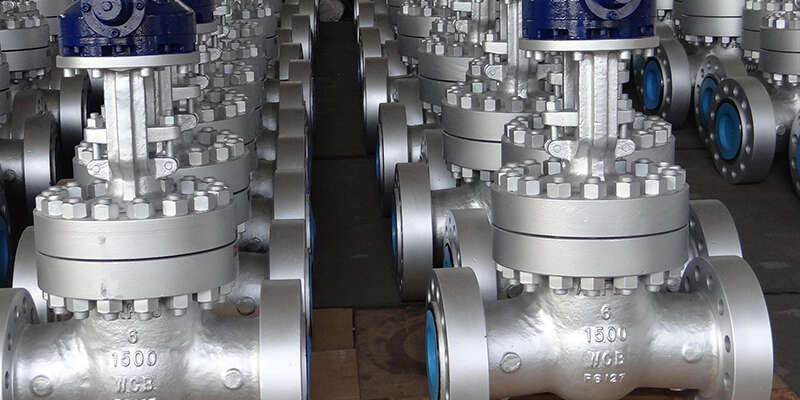
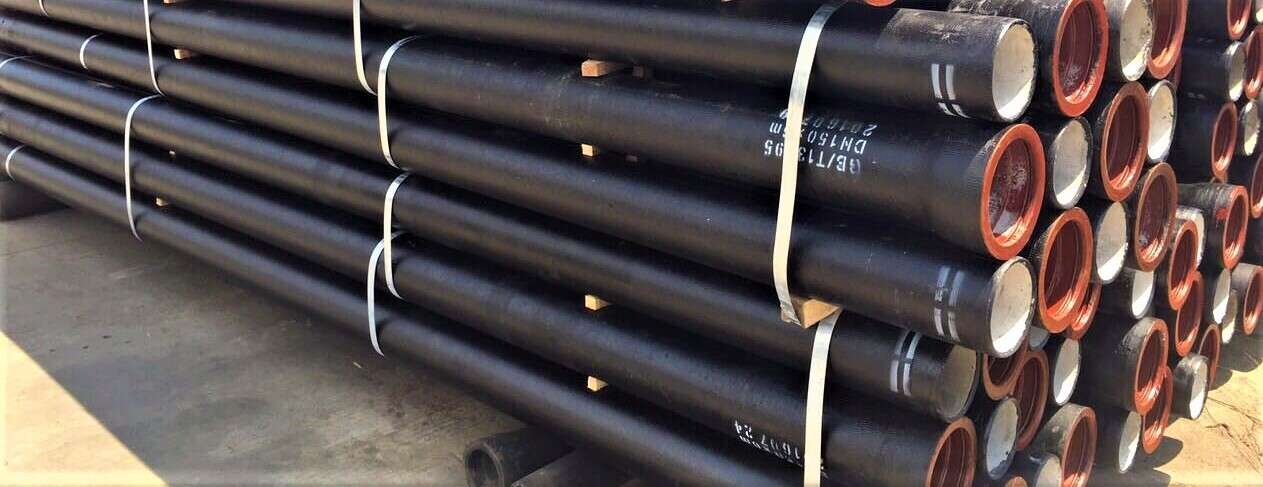


 Eastern Steel Manufacturing Co., Ltd no solo mejora la producción de productos y los servicios de venta, sino que también brinda servicios adicionales de valor agregado. Siempre que lo necesite, podemos completar sus necesidades específicas juntos.
Eastern Steel Manufacturing Co., Ltd no solo mejora la producción de productos y los servicios de venta, sino que también brinda servicios adicionales de valor agregado. Siempre que lo necesite, podemos completar sus necesidades específicas juntos.







